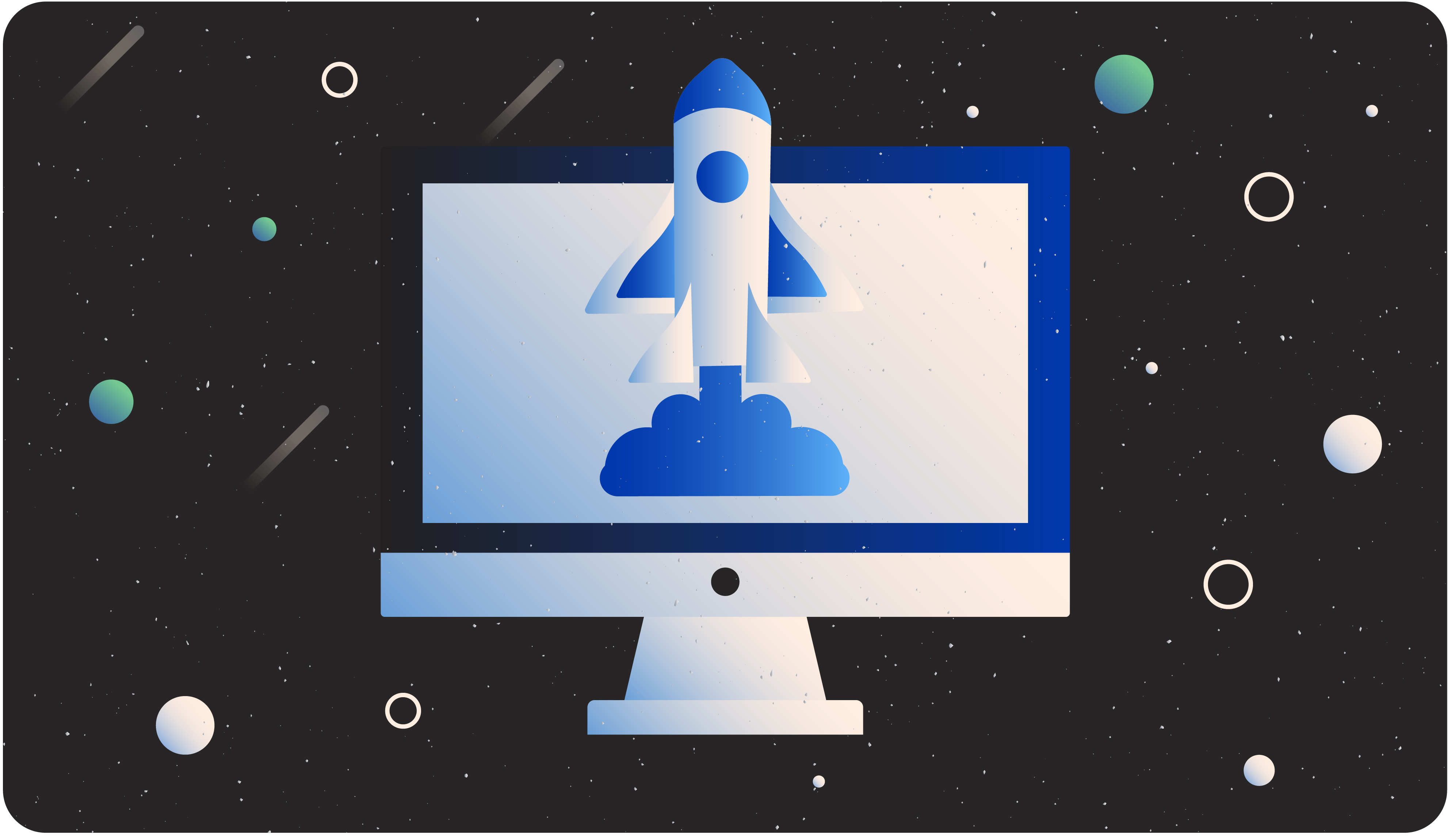Enhance Dynamic Pricing with Logik.io
Real Dynamic Pricing, Real Input, Real Time
We make even the most complex products simple to configure, enable sales to sell faster, and ensure every customer gets exactly what they need




How does Logik.io's Commerce Logic Engine Supercharge Your Dynamic Pricing Experience?

Flexible & Intuitive
Give your sales reps the tool they need to deliver a quote for products and services that fit exactly what your customer needs. No more picking through part numbers and product lists. Let Logik.io guide every seller to the perfect solution.

Maintain a Single Source of Data
Logik.io enhances the "C" of Salesforce CPQ, and is built directly on the Salesforce platform and within the Salesforce data structure, so you can still leverage all your product data in one central place. Logik.io works right alongside your existing system.

Lightning Fast Speeds
Logik.io adds a proprietary solving engine to Salesforce CPQ built to handle advanced product configurations with split second speed speed for sales reps to produce quotes faster for every product, for every customer, every time.
Table of Contents
Section 1 What is Dynamic Pricing?
Dynamic pricing is a flexible strategy where the cost of a product or service is automatically adjusted based on real-time market conditions, including supply and demand, competitor pricing, customer behavior, and even external factors like seasonality or events. Unlike static pricing models, which remain constant over time, dynamic pricing allows businesses to adapt quickly to market changes, optimizing revenue by aligning prices with current market dynamics. This approach ensures that businesses can remain competitive, maximize profitability, and better meet customer expectations.
Section 2 Dynamic Pricing Example
Dynamic pricing is used across various industries to optimize sales. For example:
-
Airline Industry: Airlines frequently adjust ticket prices based on seat availability, booking patterns, and competitor pricing. During peak travel seasons, prices increase due to higher demand, whereas prices might drop for last-minute bookings if seats remain unsold.
-
Ride-Sharing Services: Companies like Uber use dynamic pricing, also known as surge pricing, where prices increase during high-demand periods, such as rush hour or bad weather, to balance demand with available drivers.
-
eCommerce Retailers: Online retailers can implement dynamic pricing to adjust product prices based on factors like competitor pricing, customer browsing history, and inventory levels. For instance, if a competitor offers a discount on a popular item, an eCommerce site can automatically lower its price to stay competitive, or increase prices if stock levels are low and demand is high.
These examples highlight how dynamic pricing can help businesses remain competitive and responsive to market changes, driving increased sales and customer satisfaction.
Section 3 Dynamic Pricing Automation
Dynamic pricing automation uses sophisticated algorithms and AI to make real-time pricing adjustments without human intervention. This technology continuously monitors market trends, competitor prices, customer behavior, and other relevant data points, automatically adjusting prices to maximize revenue and profitability. Automation ensures that your pricing strategy is always up-to-date with the latest market conditions, providing a significant competitive edge.
Section 4 Why Choose Logik.io for Dynamic Pricing?
Logik.io offers a state-of-the-art dynamic pricing solution that helps businesses seamlessly implement and manage dynamic pricing strategies. Our platform leverages advanced AI algorithms to automate pricing decisions based on a variety of factors, ensuring that your business remains competitive and profitable in a rapidly changing market. With Logik.io, you can easily configure pricing rules, monitor market conditions, and adjust prices in real-time, all through a user-friendly interface.
Key Features of Logik.io’s Dynamic Pricing Solution:
- Real-Time Adjustments: Prices are updated in real-time based on live market data, ensuring your products remain competitively priced.
- Advanced Algorithms: Our AI-driven algorithms consider multiple factors, including competitor pricing, demand, and inventory levels, to set the optimal price for your products.
- User-Friendly Interface: The intuitive dashboard allows you to easily set up and manage pricing rules and parameters.
- Scalable Solution: Whether you're a small business or a large enterprise, Logik.io’s dynamic pricing tools can scale to meet your needs, ensuring consistent performance and efficiency.
In today’s fast-paced business environment, dynamic pricing is essential for maintaining a competitive edge. By implementing dynamic pricing with Logik.io, your business can adapt to market changes in real-time, optimize pricing strategies, and increase profitability. Our robust, automated solutions make it easy to implement dynamic pricing, freeing up time for you to focus on growing your business.
Section 5 Dynamic Pricing in eCommerce
While dynamic pricing software can be found in brick-and-mortar retail, that's not what most people think of first when discussing it.
Dynamic pricing in eCommerce is much more prevalent and beneficial. Due to the wide array of features designed for eCommerce businesses and uses tailored to online environments, that's where the technology really shines.
Implementing this software will have the same features and benefits no matter who is using it. A small start-up business can get the same advantages that dynamic pricing for Amazon provides. The scale is much larger for businesses of that size, however, the things that CPQ software allows you to do and the value that the technology can provide remain the same.
When looking at a dynamic pricing eCommerce case study library, businesses of every possible size and industry are often represented. No matter how big or small, it's always clear that adding guided selling with dynamic pricing capabilities cuts down on their workload, lowers their business costs, saves a ton of time, increases sales and profits, and streamlines the business's workflows as well as the customers' shopping experience. It can even help sellers expand much faster.
Section 6 Dynamic Pricing Machine Learning
As mentioned earlier, to expand the utility of dynamic pricing machine learning can be implemented.
Dynamic pricing AI can do things considered impossible for humans. Almost any dynamic pricing algorithm example demonstrates just how little they can truly account for as traditional dynamic pricing algorithms can usually only factor in a few different variables.
However, the number of variables that exist—both inside the business itself and throughout the overall market as a whole—are extremely extensive and complex. These can include internal things like your personal sales goals, product pricing, inventory, audience size and demographics, and average sales.
External factors are much more widespread and difficult to account for like competitor data, current time, date, upcoming holidays and events, location, weather, and overall market trends. No human could evaluate all these factors, identify patterns, implement an optimization strategy, create a predictive model, and forecast the results accurately.
By implementing AI software that uses code to power your dynamic pricing with machine learning in Python or another coding language, you can create a system that accounts for all that and more. The more you use it, the more it learns from past outcomes and data sets. If this doesn't put the question of why dynamic pricing is so popular to rest, then nothing will.
.gif?width=670&height=500&name=Guided%20Demo%20Featured%20Images%20(3).gif)
SHARE